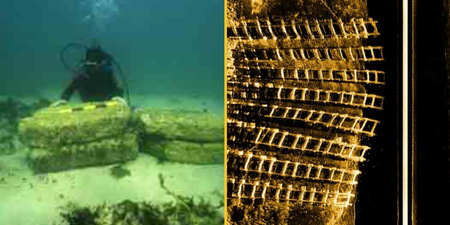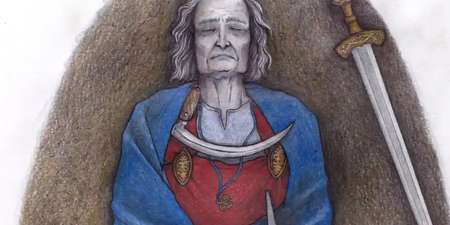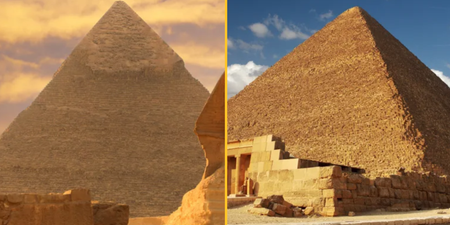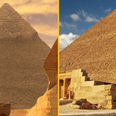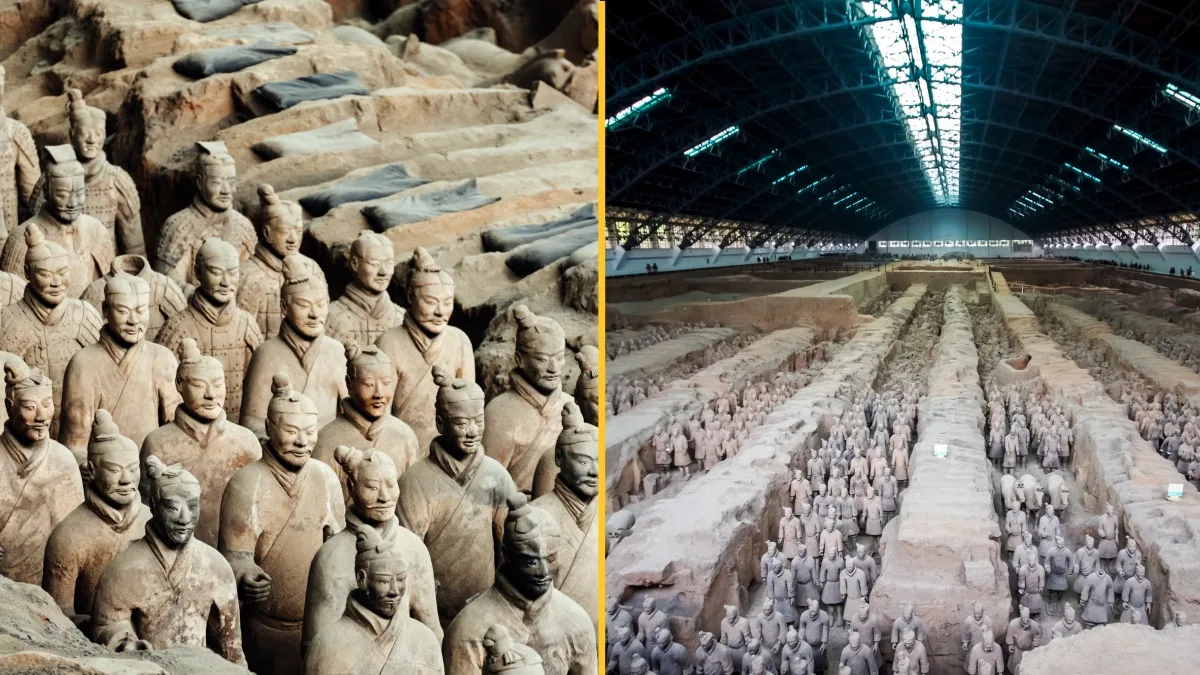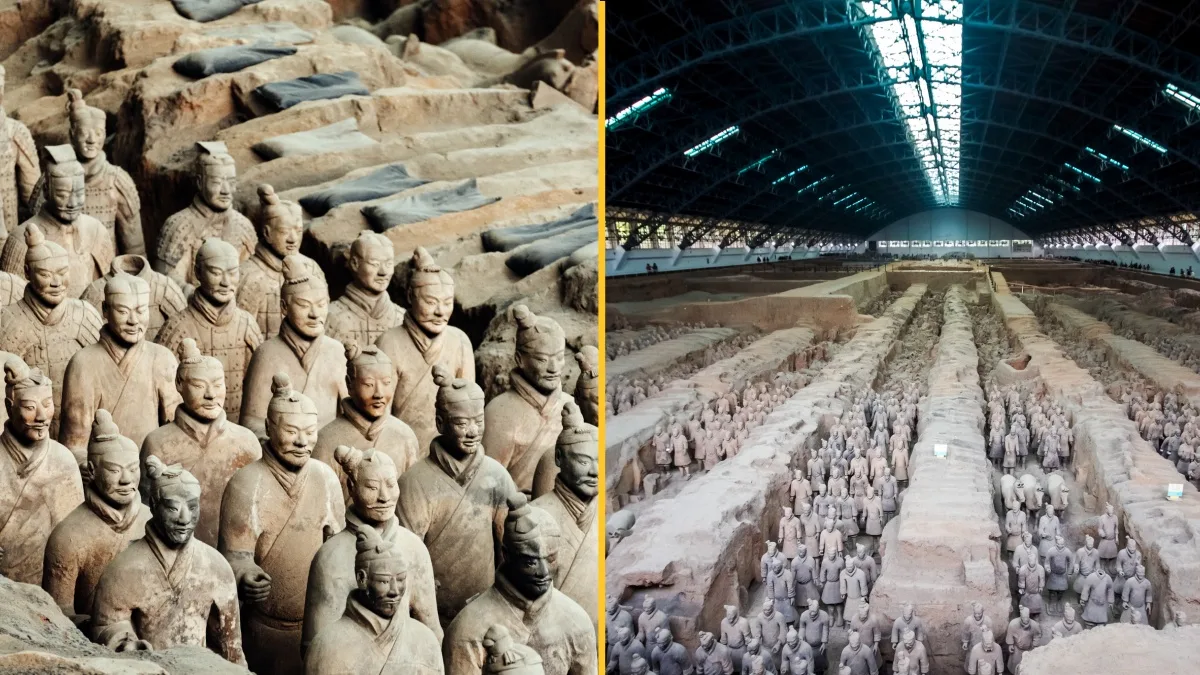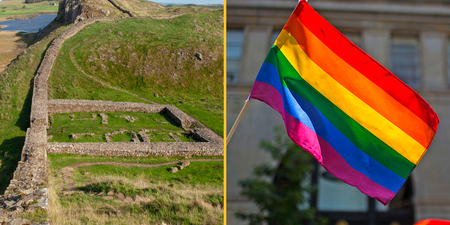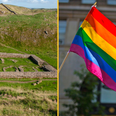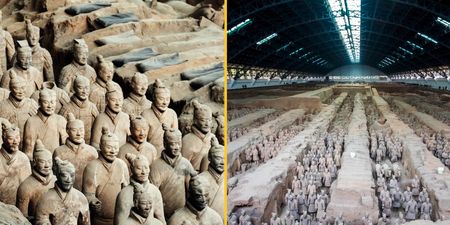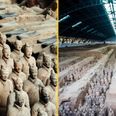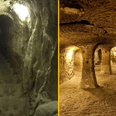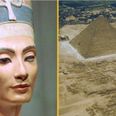It’s after a decade-long study
Researchers have uncovered new findings about a site in ancient Jerusalem, which matches up with an account from the Bible.
Archaeologists have been studying a section of ancient wall in the City of David, the archeological site that formed the original town of Jerusalem, for the last decade.
It had previously been believed that the wall was built by Hezekiah, King of Judah, to defend against invaders.
Hezekiah is thought to have between 715BC and 686BC.
However, new research carried out by the Israel Antiquities Authority has concluded that the wall was actually built by his great-grandfather Uzziah, which matches up with an account from the Old Testament.
Joe Uziel of the IAA said: “For decades, it was assumed that this wall was built by Hezekiah, King of Judah.
“But it is now becoming clear that it dates back to the days of King Uzziah, as hinted at in the Bible.
“Until now, many researchers assumed that the wall was built by Hezekiah during his rebellion against Sennacherib, King of Assyria, in order to defend Jerusalem during the Assyrian siege.
“It is now apparent that the wall in its eastern part, in the area of the City of David, was built earlier, shortly after the great earthquake of Jerusalem, and as part of the construction of the city.”
The construction of the wall is described in the Second Book of Chronicles, from the Old Testament, the MailOnline reports.
It reads: “Uzziah built towers in Jerusalem at the Corner Gate, at the Valley Gate and at the angle of the wall, and he fortified them.”
Scriptures also talk of the earthquake, with the Old-Testament Book of Amos dating itself to “two years before the earthquake, when Uzziah was king of Judah.”
Researchers worked out the true date of the wall using radiocarbon dating. This technique uses the decay of a radioactive isotope of carbon (14C) to measure the time and date of objects containing carbon-bearing material.
More than 100 radiocarbon dates were taken from four different excavation areas on the eastern and western slopes of the City of David, from organic material such as grape seeds, date pits and bat skeletons.
Researchers then used a particle accelerator to separate the carbon-14 from the organic material. By measuring the carbon, they were able to work out the sample’s true age.
The IAA carried out the study in partnership with Tel Aviv University and the Weizmann Institute of Science in Rehovot, and the findings were published in the peer-reviewed journal Proceedings of the National Academy of Sciences of the United States of America (PNAS).
“For the first time, we are harnessing together hard sciences, archaeology and biblical historiography in order to reconstruct more accurately the history of the city in its most crucial times,” said Tel Aviv University professor Yuval Gadot.
He continued: “Until now, most researchers have linked Jerusalem’s growth to the west, to the period of King Hezekiah – just over 2,700 years ago.
“The conventional assumption to date has been that the city expanded due to the arrival of refugees from the Kingdom of Israel in the north, following the Assyrian exile.
“However, the new findings strengthen the view that Jerusalem grew in size and spread towards Mount Zion already in the ninth century BC.
“This was during the reign of King Jehoash – a hundred years before the Assyrian exile.
“In light of this, the new research teaches that the expansion of Jerusalem is a result of internal-Judean demographic growth and the establishment of political and economic systems.”
Dr Uziel explained the findings had also revealed that the City of David was larger than thought during the reigns of David and Solomon.
He said: “During the 10th century BC, the days of David and Solomon, this research has shown that the city is occupied in different areas, and seems to have been larger than we thought previously.
“We can pinpoint specific buildings and relate them to specific kings mentioned in the Biblical text.”
Related links:
How the Egyptians moved pyramid stones has finally been solved
Warrior buried 1,000 years ago may have been non-binary
Hadrian’s Wall is a symbol of ‘queer history’, English Heritage says






